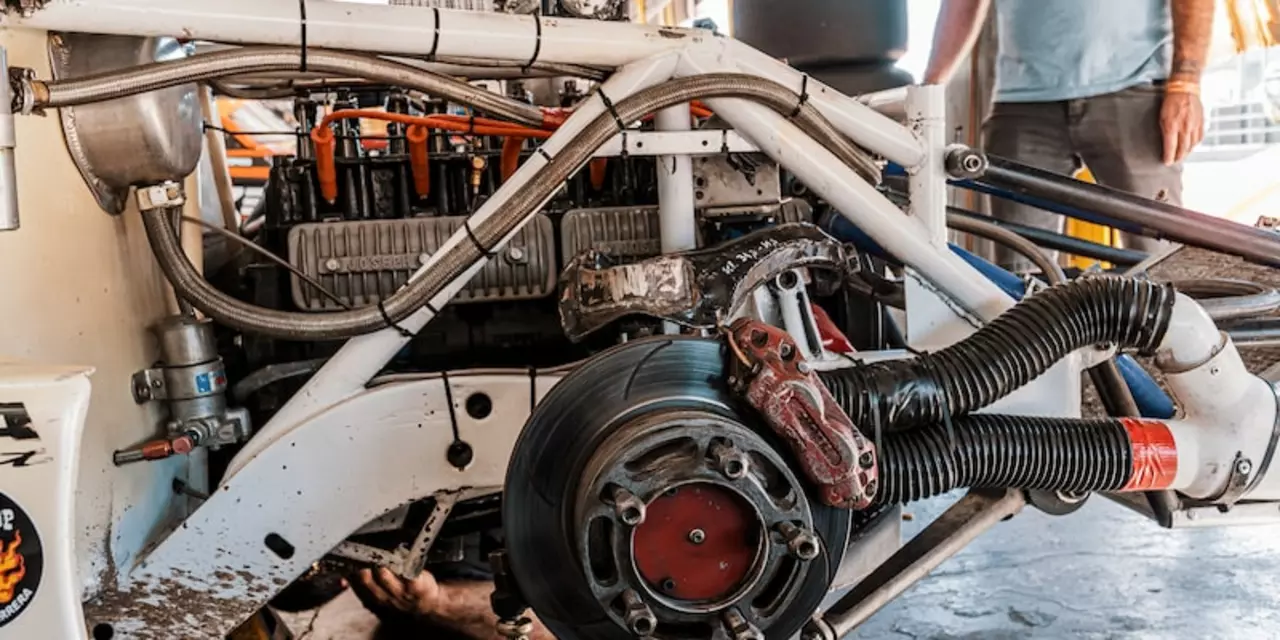Practice Your Racing Skills – Tips, Drills, and Real‑World Advice
If you love the roar of an engine and the thrill of a corner, the only way to get better is to practice like a pro. You don’t need a full‑ blown budget or a factory team to make progress. A few focused drills, smart mindset tricks, and cheap track time can take your lap times from "meh" to "wow" fast.
Start with the Basics – Car Control Drills
Before you chase top speed, make sure you can control the car at low speeds. Set up a simple cone layout in a parking lot or an empty field. Practice smooth steering inputs, braking, and throttle modulation. Aim for consistent lap times, not outright speed. When you can weave through the cones without jerking the wheel, you’ve built a solid foundation for anything on a real circuit.
Learn the Track Without a Track
Not everyone can afford a day at the circuit, but you can still learn the layout. Grab a video of the track you want to race on and watch it at least twice. As you watch, picture where you’d brake, turn, and accelerate. Then, on a simulator or even a basic racing game, try to replicate those moves. This mental rehearsal trains your brain to recognize the corner entry points and braking zones, so the first time you hit the real track you’ll feel less lost.
Another cheap trick: use a GPS‑enabled app on a bike or kart. Ride the track at a slow pace, record the line, and study the data later. You’ll see where you waste time and where you can carry more speed. It’s like having a coach in your pocket without paying a single pound.
Focus on One Skill per Session
It’s tempting to try everything at once, but that spreads your effort thin. Pick one thing – say, late braking – and spend a whole session mastering it. Do a few warm‑up laps, then deliberately brake later each lap while keeping the car stable. When you can do it consistently, move on to another skill like throttle lift‑off or apex positioning.
Tracking progress with a notebook or a simple spreadsheet helps too. Write down the lap number, the skill you’re working on, and a quick note on how you felt. Over weeks you’ll spot patterns: maybe you improve faster on dry days, or you need more rest after long sessions. Those insights let you fine‑tune your practice plan.
Mindset Matters – Stay Cool Under Pressure
Racing isn’t just about the car; it’s about your mind. Before each practice run, take a deep breath, picture a perfect lap, and lock that image in. If a mistake happens, don’t dwell on it. Treat the error like a data point – it tells you what to adjust next time.
Short visualization exercises can boost confidence. Spend two minutes closed‑eyes, walking through the circuit in your head, feeling the brakes, the g‑forces, the engine note. Studies show that mental rehearsal can improve real‑world performance by up to 20 % – and it costs nothing.
Get the Most Out of Limited Track Time
When you finally get a day on the circuit, arrive early. Warm up the tires, check the brakes, and do a few slow laps to settle. Then, set clear targets: maybe three laps focusing on a new braking point, followed by two laps at race pace. Keep a timer handy and note each lap’s time. The goal isn’t a perfect lap right away but a measurable improvement from lap to lap.
Don’t forget to debrief after the session. Talk with any teammates, compare notes, and ask for one piece of advice you can work on next week. Small, actionable feedback is worth more than generic praise.
Practice is the engine that turns passion into skill. Stick to these simple steps, stay consistent, and watch your racing confidence grow. Ready to hit the track? Grab a notebook, set a goal, and start practicing today.

How often do professional racecar drivers practice?
Professional racecar drivers practice frequently to stay competitive in the sport. They typically practice on closed circuit tracks in order to work on their driving skills and to test out car modifications. Drivers may practice for up to 10 hours a day during race season. During the off-season, they may practice for fewer hours, but still maintain a regular schedule. Drivers also use simulators to practice and test out different strategies for racing. Overall, professional racecar drivers practice regularly to stay competitive and prepare for races.